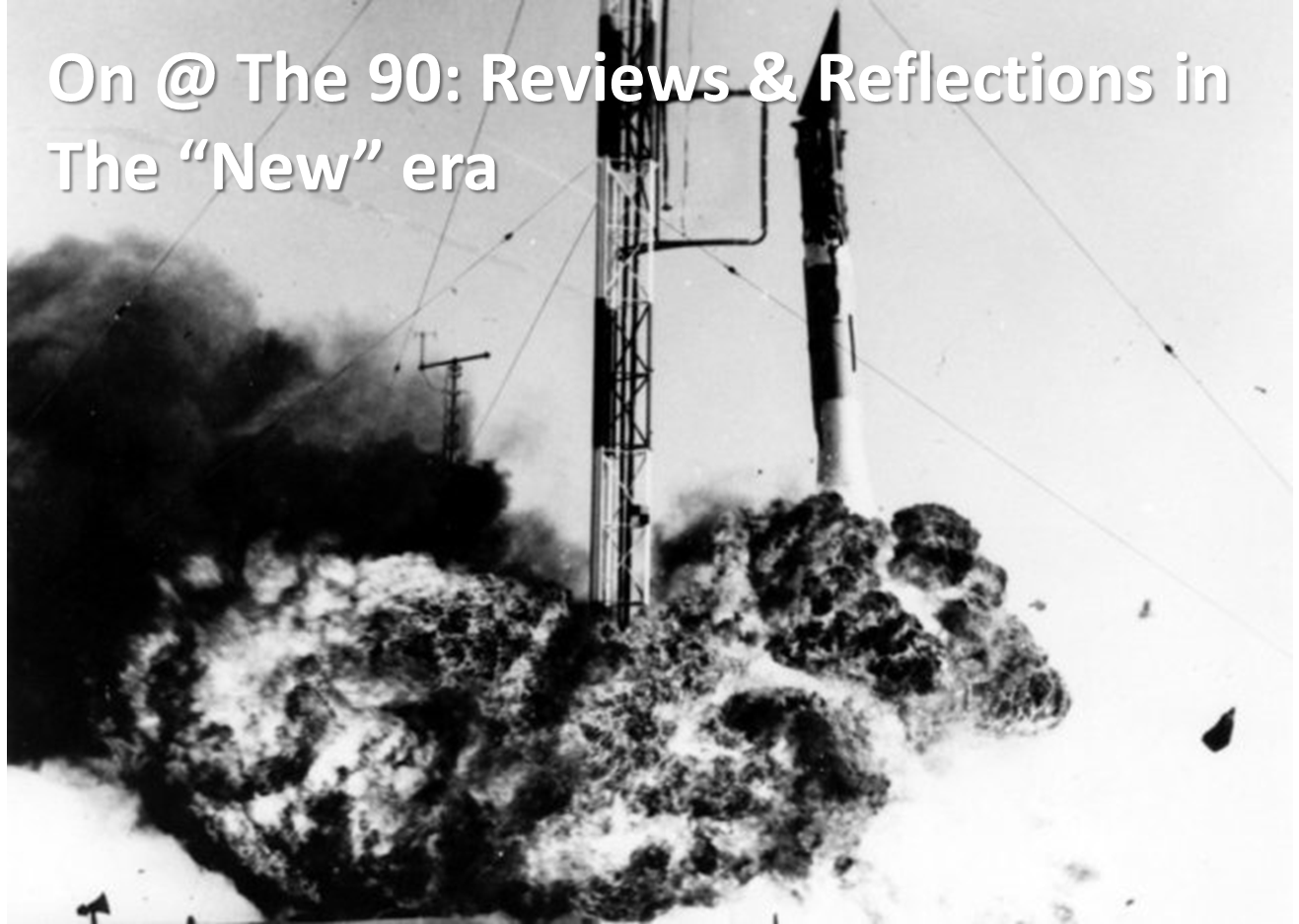
The Space Race, one of many fronts of the Cold War, began in earnest on July 29, 1955, when President Eisenhower publicly announced Project Vanguard, the first genuine effort to launch a man-made vehicle into orbit as an instrumented scientific experiment for the International Geophysical Year. Bypassing Werner Von Braun’s more proven Army ballistic missile, the launch vehicle chosen was the more scientific Naval Research Lab’s new multistage rocket, in hopes of avoiding Soviet confrontations about overflights.
A week later, on Aug. 8, the Soviet Union secretly decided to create and launch a Soviet satellite, Project D, in advance of Project Vanguard, to be placed in orbit by their new R-7 intercontinental ballistic missile (ICBM), which was designed to deliver and detonate 3 megaton thermonuclear warheads over US population centers.
Project D would be jam-packed with every conceivable scientific instrument.
Over the next 2 years the R-7 missile experienced a number of test failures and delays. The Project D satellite also fell behind schedule when it was discovered that the satellite was simply not large enough to host all of the planned instruments. Fearing that they would not be able to reach orbit before Project Vanguard, the Soviets decided to instead launch a very small, simple satellite, Sputnik I, totally devoid of any scientific instruments and only containing a radio transmitter, which they put into low Earth orbit on Oct. 4, 1957, just 63 days before the first Vanguard launch attempt.
The social impact of Sputnik was enormous. Across the world, people could look up at the nighttime sky and see a new, bright, first-magnitude star rapidly moving across the sky. This was not Sputnik. This was the enormous second stage of the R-7 ICBM, covered with highly reflective panels, trailing behind a barely visible 6th-magnitude speck, Sputnik. In stark contrast, Americans watched the televised failure of the Vanguard rocket as it collapsed onto the launch pad and exploded.
Several months later, after the U.S. also successfully launched Explorer I, Vanguard I was placed into orbit, where it transmitted signals for seven years, and still remains, today, the oldest man-made vehicle in space.
And without it, Sputnik I, Vostok I, Apollo 8, Apollo 11, the space shuttle, Voyager, Hubble, the International Space Station, Spirit and Opportunity, Kepler, etc. quite possibly would never have happened.
This article is based off the opinions of the author, do not reflect those of AmericaSpace, and originally appeared on Aviation Week & Space Technology and can be viewed here: Vanguard
Want to keep up-to-date with all things space? Be sure to “Like” AmericaSpace on Facebook and follow us on Twitter: @AmericaSpace




That “beep . . . beep . . . beep . . .” also spurred us to emphasize to young people the importance of mathematics, physics, chemistry and the dire need for skilled engineers. It also prompted grant, scholarship, and loan programs to allow dedicated young people to pursue careers in science and engineering. With China producing more English-speaking engineers every year than the United States, maybe we need another “Sputnik moment”. A respected Baptist minister here in Detroit recently said, “Many young people cannot ‘basketball’ themselves out of poverty. Many young people cannot ‘football’ themselves out of poverty. But many young people CAN educate themselves out of poverty” Our space program is a tremendous, unparalleled source pride for ALL Americans (and Leonidas) that far transcends rockets, flags, or footprints. There is no greater driver of the technological advancement essential to our future as a great nation, and no greater inspiration for young people to secure the education that will make that technological advancement possible.
Actually, our “Sputnik Moment” was the public realization that those Soviet 3 megaton hydrogen bombs could reach all of our cities. It was not about science. It was the realization that for the first time in our history America was no longer safe.
And with the skilled guidance of the White House, we may be again headed for another “Sputnik Moment”, but this time from another part of the world that does not understand the concept of mutual assured destruction.